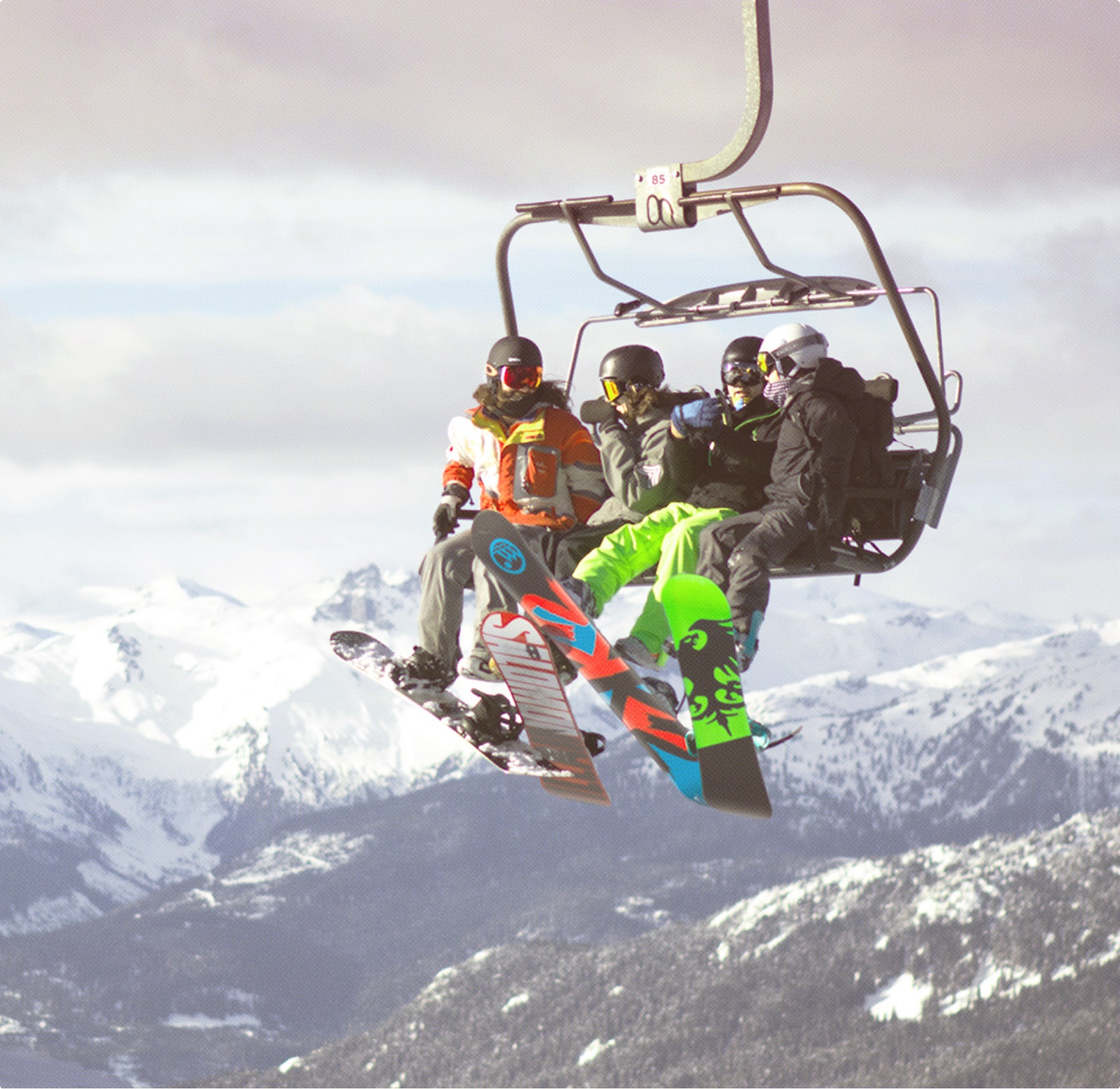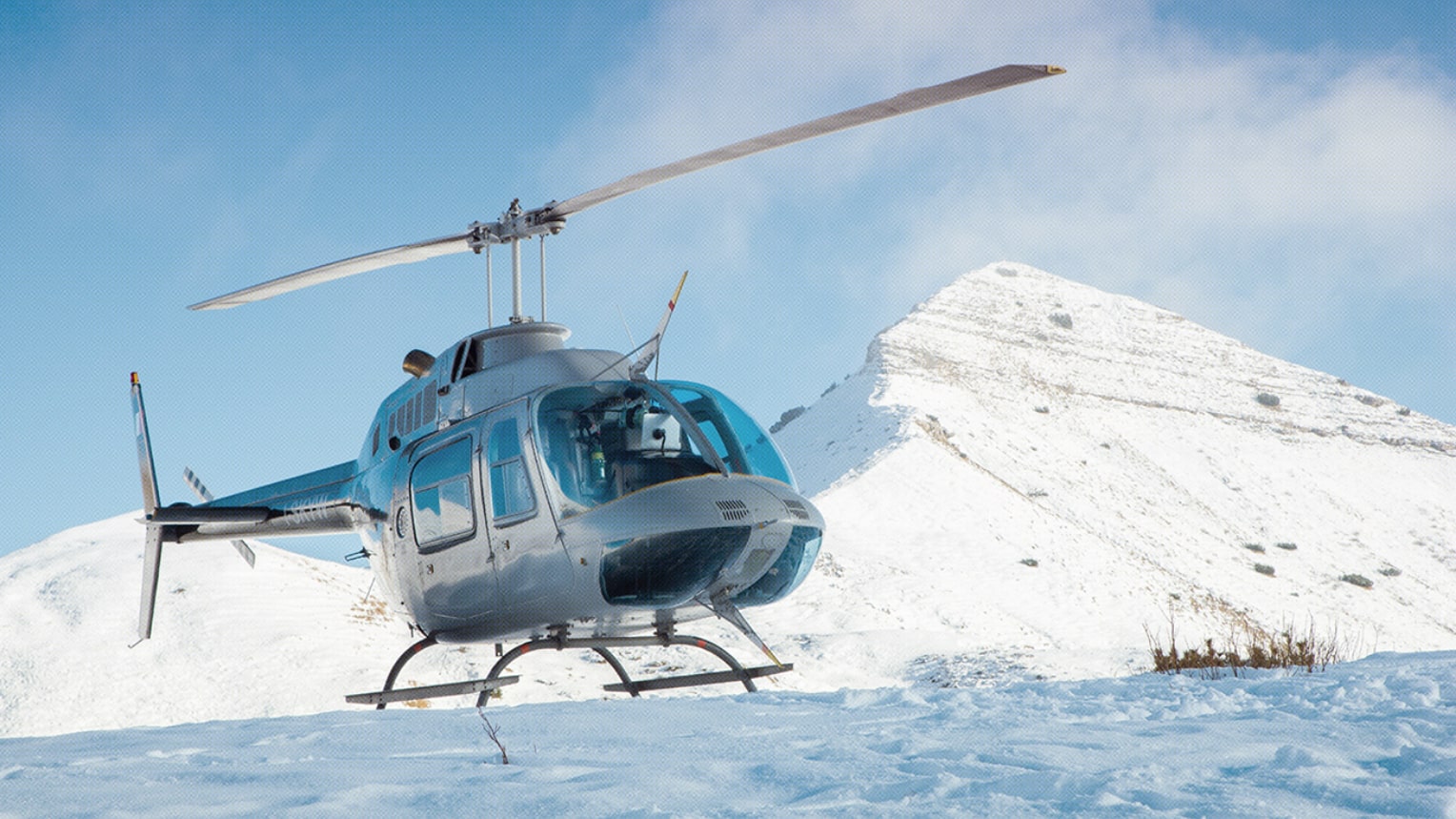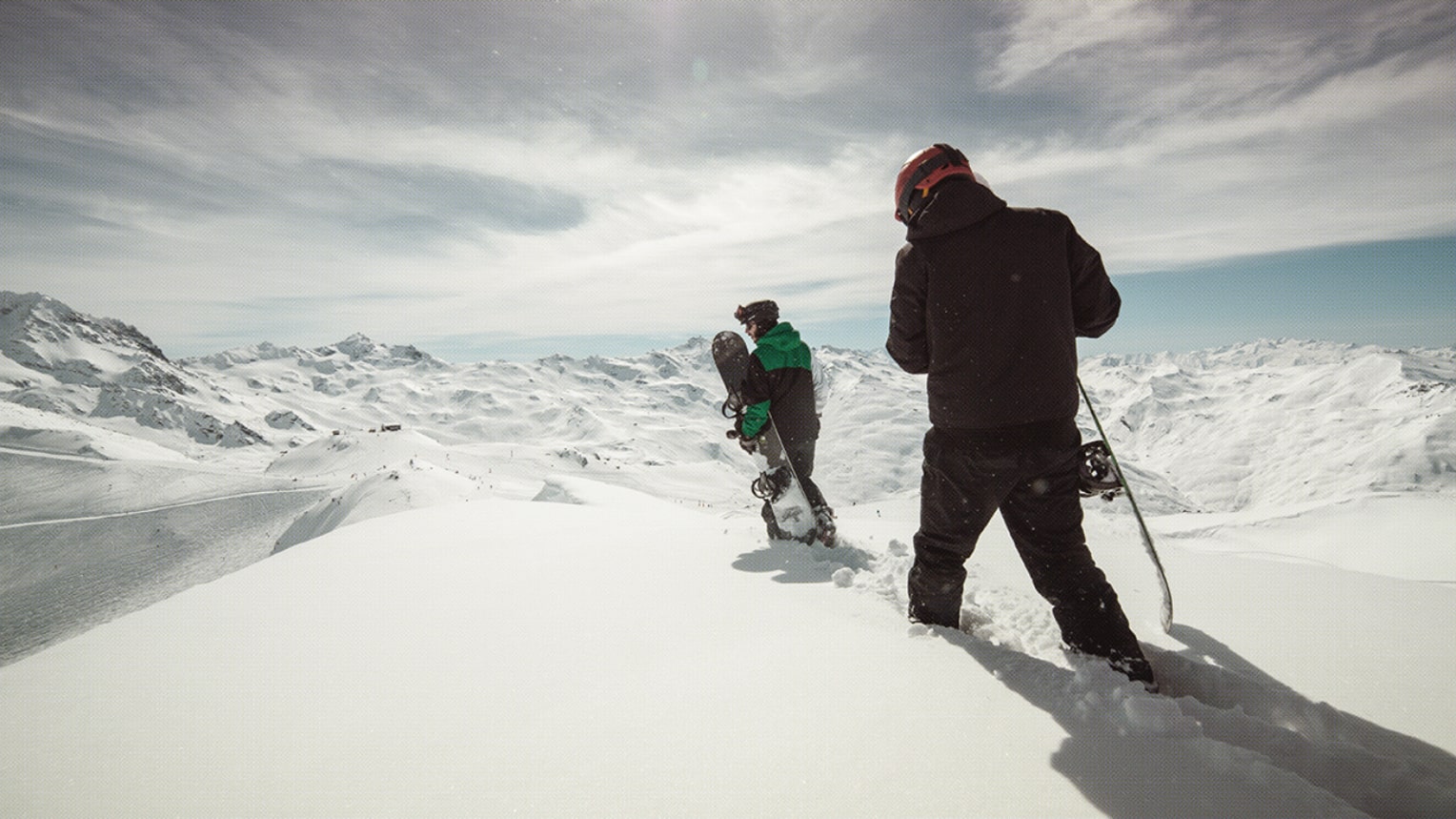Introduction
In a naturally challenging environment, it’s no shock accidents can occur. People might head to the slopes without ever really considering the possibility of getting hurt. While it shouldn’t stop you from having a try, preventing injury is something which needs to be kept in mind. There’s a balance to achieve.
With 1.5 million Brits skiing or snowboarding every year, it’s perhaps little surprise that the frequency and costs of injuries continues to stack up.

Winter Sports Accident Statistics
With numbers at 2.57 injured for every 1000 Skiers, it’s no surprise extra care needs to be taken while skiing or snowboarding. But where and why do these incidents occur?
trying to jump
and off ski lifts.
How are people getting injured?
While you might naturally associate injuries with collisions, it’s not always the case. Some of the ways people are get hurt during winter sports might shock you.
For example, as many as 8% of injuries don’t occur on the mountain itself, but rather when getting on and off ski lifts. That number is the same as the amount of people who get hurt when colliding with their fellow skiers.
Perhaps less surprisingly, as many as 75% of people get hurt when they fall down or lose control after making a jump, regardless of their skill level. Alarmingly, the same number admitted they weren’t using a helmet while skiing.
Adding to the severity of this was the fact that 65% of people would tackle a slope which was outside of their comfort range in order to stay with their group. 53% went on to say they would follow a group of friends off-piste, regardless of ability.
Source: VisuallyWhat are people injuring?
Another study found knees were the most frequent victims when it came to injury. 43% of injuries skiers picked up are said to be to this part of the body. It’s likely to be due to the constant strain being put on them from twisting and turning at high speed.
In the specific case of snowboarders, 18% of damage was done to wrists. This was likely due to their preference to try and soften a fall by outstretching their arms. Interestingly, the numbers were fairly consistent for both disciplines when it came to shoulder injuries. Skiers sat at 12%, with snowboarders at 14%.
Snowboarders’ rate of injury was also considerably higher. They were three times more likely than skiers to get hurt on the snow.
Source: William Sterett
The Cost Of Getting injured On The Slopes
With numbers at 2.57 injured for every 1000 Skiers, it’s no surprise extra care needs to be taken while skiing or snowboarding. But where and why do these incidents occur?

on land
involved
rescue in europe
Despite that, it might surprise some to learn the three highest average insurance claims in 2017 were all made in countries outside of the EU.
(highest average claim in 2017)

Perhaps most tellingly of all, the average insurance claim for a winter sports injury came to as much as £4,580. With literally thousands of pounds potentially lost, it’s no wonder why specialist winter sports travel insurance is a must-have.
Claim
